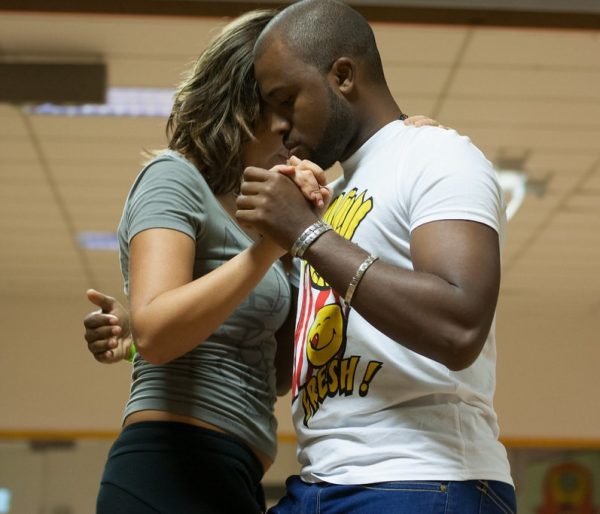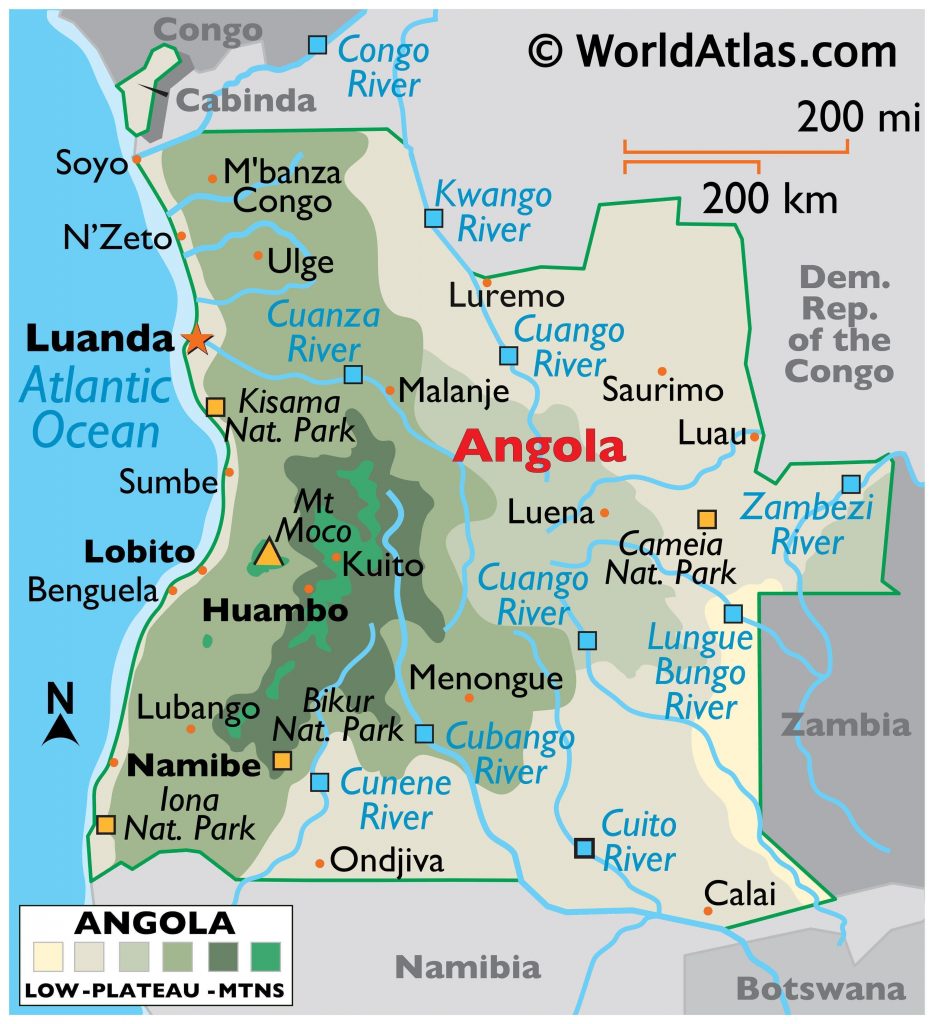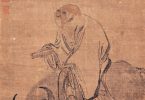Kizomba is for you
By: Daniel Otero
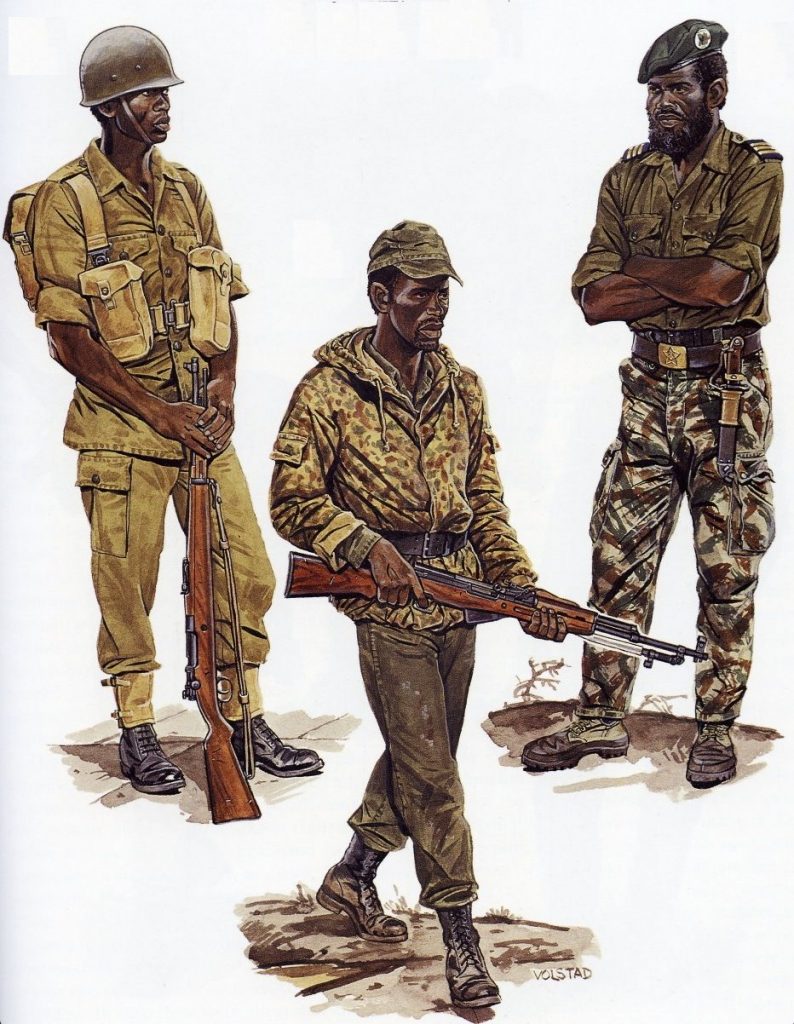
The origins of Kizomba came from the ashes of the Angolan Civil War (1975 – 2002) but are mysterious and sexy as the people who dance in unison to conquer hearts and crowds. This is the beauty of creation, life and dance creations in love. With a sensual, soft beat, of a one, two, three and then a ‘saida’ (an exit for the female to twirl around the male). Kizomba comes in gloriously, as the connection between two people, the couple who rhythms with pleasure the movement of the hips. It began with the devastation of Angola and by 1984, it started to be ingrained into the Semba Musical form and culture. It went from being played and danced in local pubs to dancehalls and then skyrocketing to international stardom with the opening of Angola once again for business (especially after the end of the Civil War). The word in itself [Kizomba] comes from the sensual rhythms manifested inside a Semba gathering. Kizomba in essence means party, spoken in the Ambundu language and it has its origins in the Bantu background.
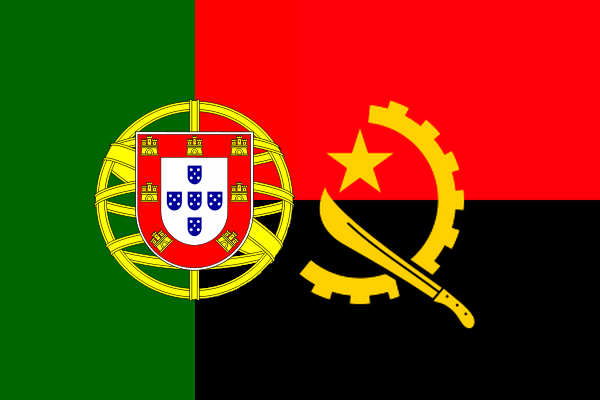
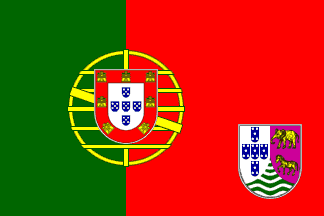
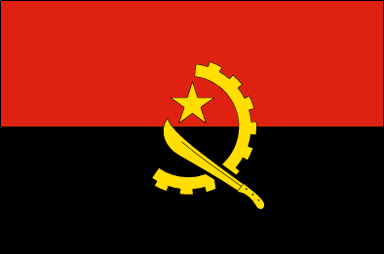
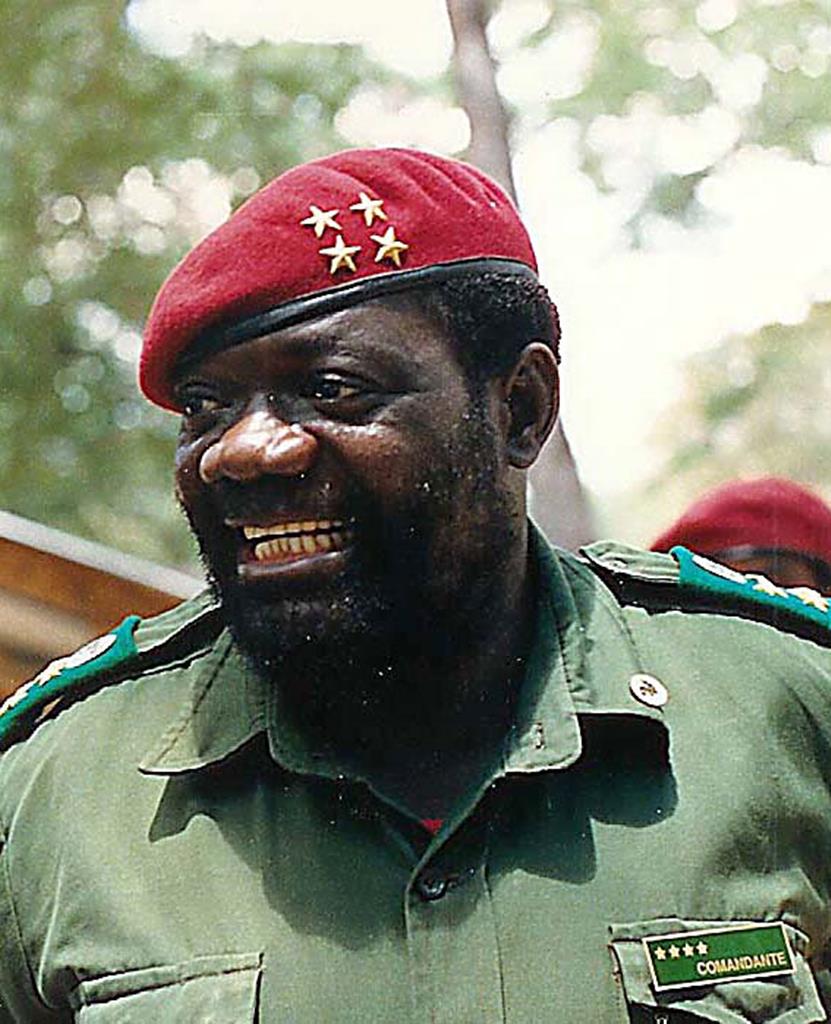
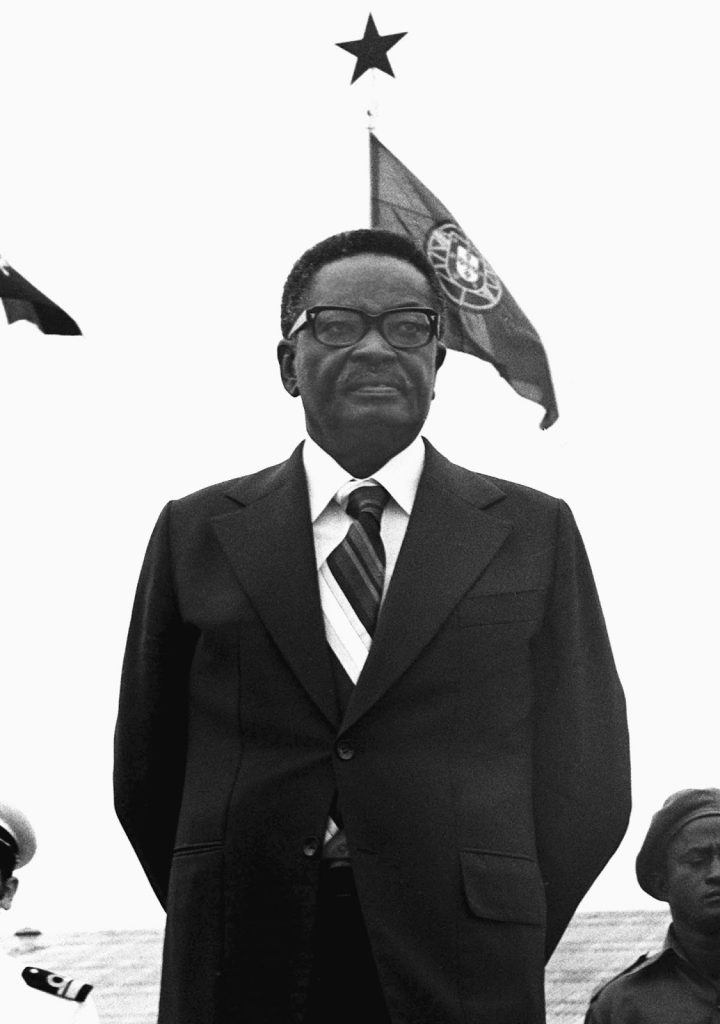

The environment can be romantic for a couple to manifest themselves on the dance floor or in any environment where people want to escape the pains of the world and party into ballad movements.

The best part, Kizomba can be learnt in five easy steps. But as Victor Castro well states (dance teacher in Guangzhou, China), Kizomba isn’t only the steps. It’s the connection between two people, especially the couple. If people forget this, it is just something too mechanical which nobody in truth connects with on the dance floor.

Now, can we consider Kizomba a Latin dance? Well, that’s debatable. Kizomba is African in origins since it came from Africa. However, the majority of Kizomba music is sung in Portuguese and other African dialects. To be honest – that is why this dance and music genre sprang into international recognition. Travelling from Angola into the favelas of Brazil, Portugal, Guinea-Bissau, Cape Verde, Equatorial Guinea, Sao Tome & Principe, Mozambique, Macao, and East Timor. That gave it the chance to spread and from Macao then you have countries like China and other Latin-speaking nations that are getting into the romantic-Kizomba fever. But, where is it most popular? And at its fiercest was when it flourished in places like: Portugal, France, Brazil, Cape Verde, and China.

When anybody listens to the songs of Daniel Santacruz’s, “Lento (Slow)” or Kelly Key’s, “No Controle (No control)”, the rhythm is palpable, and you know that Kizomba has transcended into international and permanent historical recognition. Such beauty! But it is African in its origins, and nonetheless ought to be respected as such.

Eduardo Paim (1964), Angolan musician and father of Kizomba has brought this musical tempo to light and it is not to be confused with Zouk or Lambada. The latter two go at a faster beat and are quite distinctive from Kizomba. Kizomba is flavorful in its essence and goes down suave between dancers, music enthusiasts and lovers.
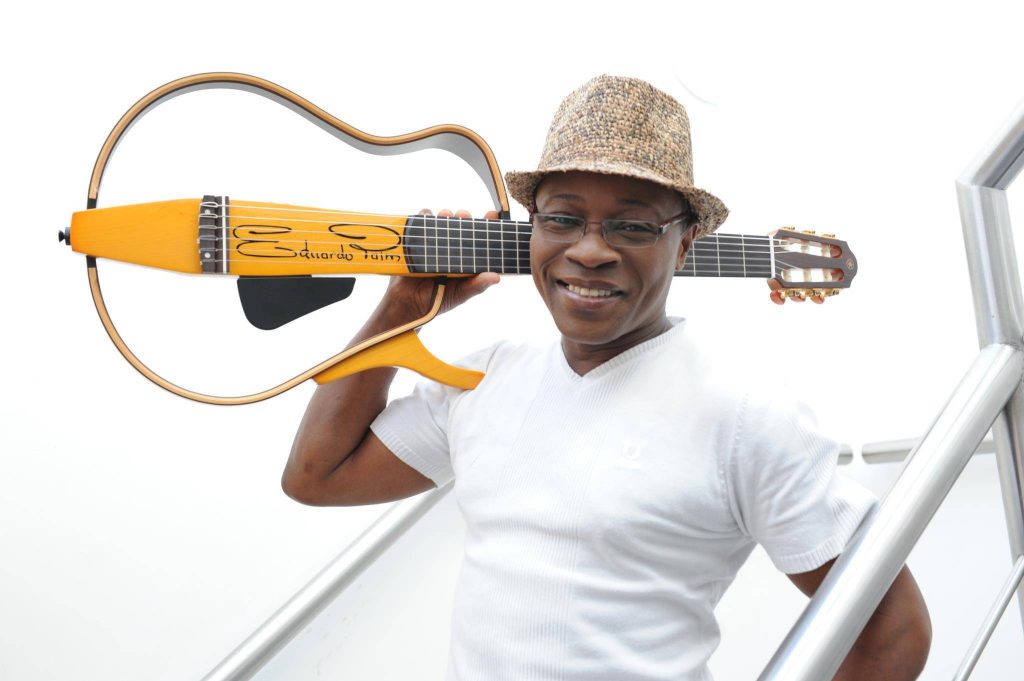
Kizomba is great to watch, as well as to perform in small groups. The best part, anywhere Kizomba is played, one will have to stop for a moment, salivate with want in envious desire and just learn how to do it.
